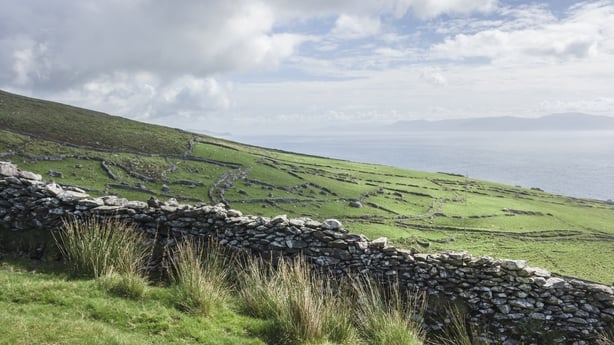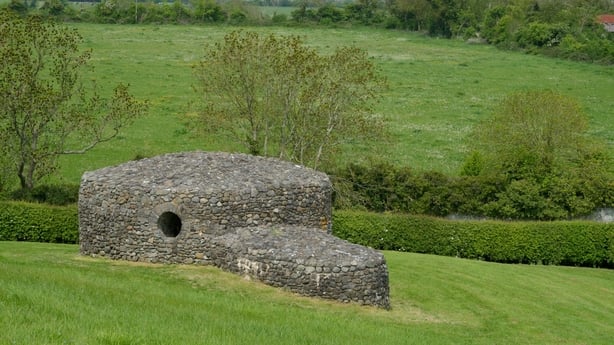The practice of dry stone wall construction in Ireland has been added to UNESCO's list of protected cultural heritages around the world.
Dry stone walls are an iconic part of many Irish landscapes, some of which date back more than 5,000 years.
A dry stone wall is one that has been built using only stone, without the use of mortar or concrete.
At a UNESCO meeting in Asunción, Paraguay, Ireland's practice of dry stone construction was added to a list of practices that are considered intangible cultural heritage.
It is the fifth Irish cultural practice added to the list following hurling, uilleann piping, Irish harping and Irish falconry.
Ken Curran of the Dry Stone Wall Association of Ireland said the UNESCO recognition showed that dry stone wall construction was a "valued part" of Ireland's cultural heritage.
"The process begin in 2019, we applied to the department (Department of Culture) who helped put us forward for the UNESCO list," he added.
"It's very exciting for us - it shows that dry stone wall construction is acknowledged and valued as part of our cultural heritage, like hurling.
"There's a strong international element when it comes to stone walls, it's hugely Irish too."

The practice of constructing dry stone walls dates back to the Neolithic period and is still very active in many parts of Ireland.
Ireland's two UNESCO world heritage sites - Brú na Bóinne in Co Meath and Sceilg Mhichíl in Co Kerry - are of dry stone construction.
Mr Curran said: "Dry stone construction in Ireland is a living cultural practice that has had a continuity here since the Neolithic [period]. In other words, for more than five thousand years.
"It is very much continuing and it is practiced around the entire country in places where there is little topsoil like the western seaboard, and many upland areas elsewhere. It is more commonly practiced in these areas."

The recognition was part of an international application, led by Ireland, and also included Andorra, Austria, Luxembourg and Belgium.
It means they join nine other countries where dry stone wall construction is recognised by UNESCO - France, Switzerland, Spain, Greece, Slovenia, Croatia, Italy and Cyprus.
"We worked with the nine countries over the last few years towards getting this recognition, particularly with Greece, who led the collaboration with us.
"It's hugely encouraging and a means for safeguarding the practice and provides us with further support from the State and other countries that we have collaborated with, to share knowledge and form connections," Mr Curran said.
The UNESCO list was established in 2003 in order to safeguard, appreciate and raise awareness of cultural heritage locally, nationally and internationally.
Intangible cultural heritage refers to customs, traditions, crafts, games and practices that are part of people's lives and identities both individually and wider communities, and are passed on from generation to generation.







